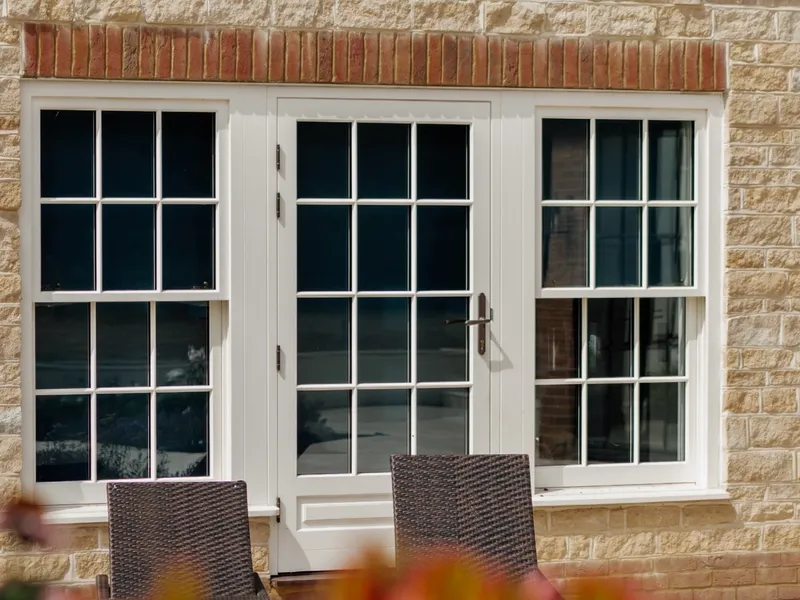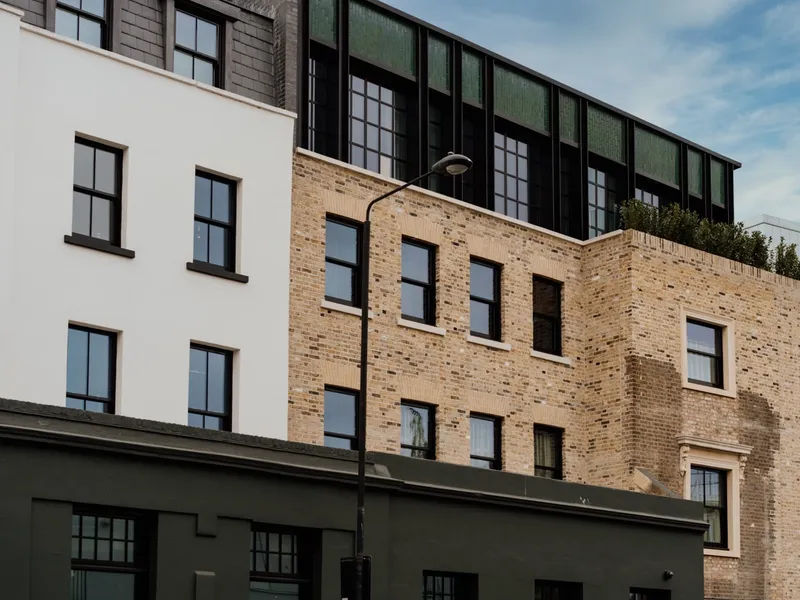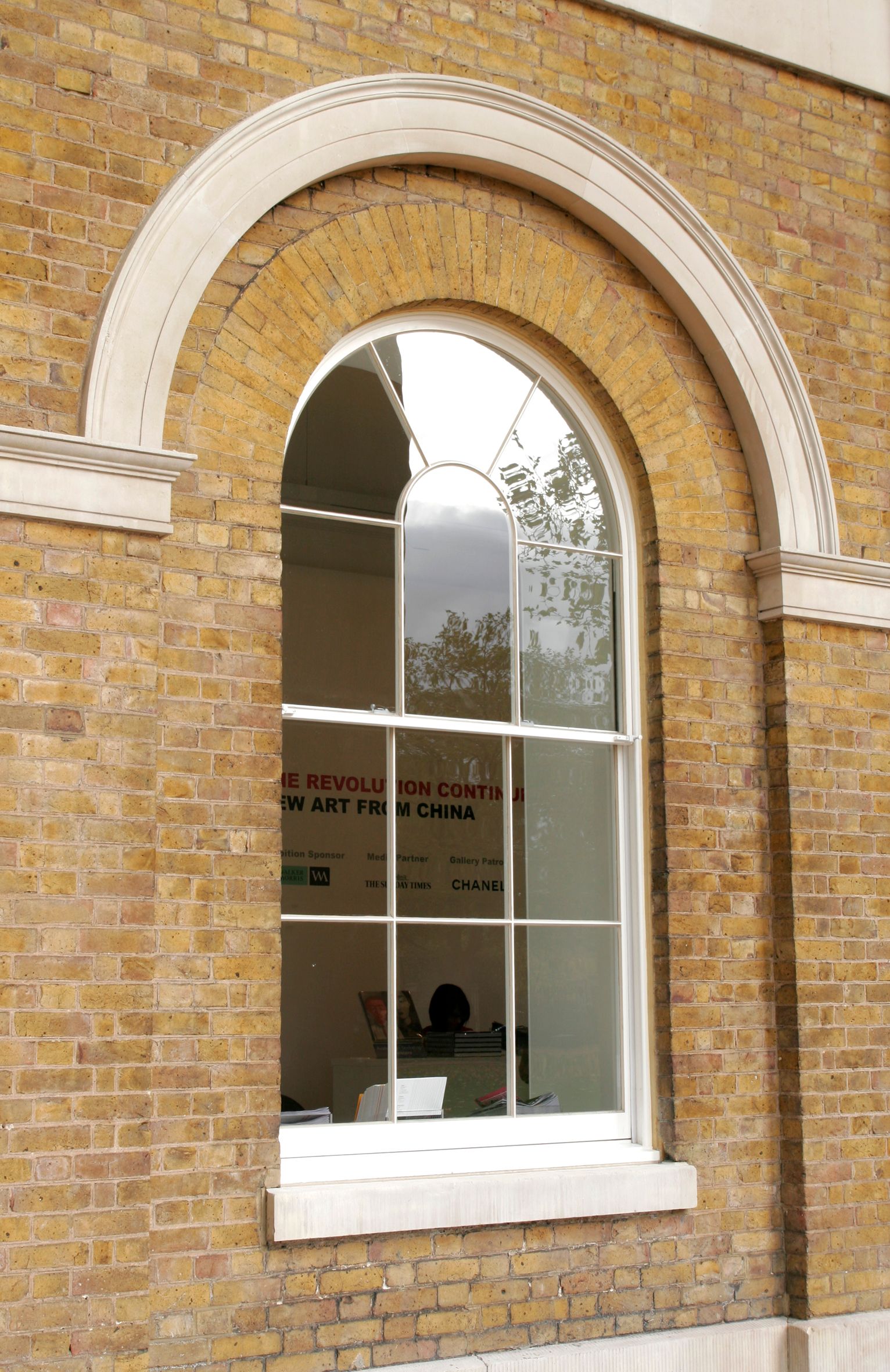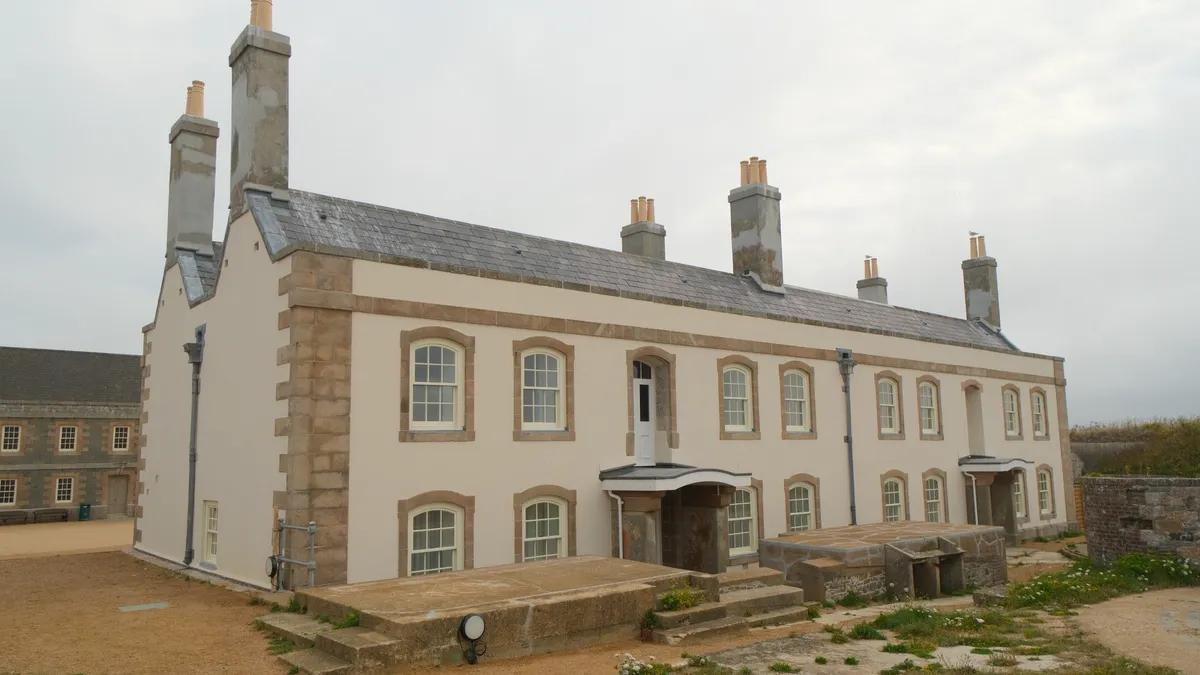Casement windows have become increasingly popular over recent years, especially in the UK. They are an extremely versatile, durable, and functional type of window that can be made to fit almost any height and width. Casement windows first appeared in the UK around the 18th century. Originally, their frames were made by blacksmiths using iron. Due to the difficulty of glass manufacturing in the 18th century, the panes of glass were relatively small compared to today. This is because it was less expensive and much easier to maintain.
As woodworking became more straightforward and accessible, timber emerged as the king of materials for window frames, thanks to its array of benefits. Casement windows have come a long way since then. Although these types of windows are available in various materials today, timber remains the top-selling choice, and for good reason.

What Are Casement Windows?
Casement windows are attached to a frame by one or more hinges, and they feature a sash that opens fully and pushes outward. There are various configurations when it comes to casement windows, but they all share the same purpose—ease of use, excellent ventilation, and increased security.
Casement windows are also among the most energy-efficient window styles thanks to their design. They form a tight seal on all four sides when closed, which helps reduce energy bills and carbon emissions.
Outward-opening casement frames are the most common in the UK, whereas tilt-and-turn variants, which tilt inward, are more prevalent in Europe.
What Are the Different Types of Casement Windows?
Flush Casement Windows
Flush casement windows sit perfectly flat within the frame when closed, creating a smooth, clean exterior look. Dating back to the 16th century, they’re ideal for both traditional and modern properties and are popular in new builds and renovations alike.
Lipped Casement Windows
These feature a sash that slightly overlaps the frame when closed, adding an extra layer of sealing. When made from timber, they offer outstanding strength and energy efficiency.
Tilt and Turn Casement Windows
Inspired by Scandinavian design, tilt and turn windows offer increased ventilation and easy cleaning. The innovative hinge system allows them to open inward and tilt from the top or side.
Different Styles of Casement Windows
Single Frame Casement Windows
These consist of a single sash within a frame and can open inward or outward. They provide excellent ventilation, privacy, and durability.
Double Casement Windows (French Casement)
Hinged on both sides and opening from the centre, these offer wide openings and abundant light. They suit modern homes and are easy to operate, offering 90-degree opening angles.
Push Out Casement Windows
These can be single or double sash, operated by a simple handle rather than a crank. They’re ideal for hard-to-reach areas, such as above sinks or countertops.

The Benefits of Casement Windows
Maximum Ventilation
Open from top to bottom, allowing for airflow throughout the room, which is ideal during warmer months.
Enhanced Versatility
Timber casement windows can be tailored to your exact requirements and come with long-lasting warranties, often lasting up to 30 years.
Energy Efficiency
With tight seals around all four sides, casement windows are exceptionally energy-efficient, helping retain heat in the winter and reduce cooling needs in the summer.
Ease of Use
They’re easy to operate, even in tight or awkward spaces, and can be fitted with automatic openers for added convenience.
About Mumford & Wood
Mumford & Wood specialises in casement windows made from sustainably sourced timber. We pride ourselves on creating the ultimate timber window for you - crafted with care, quality materials, and attention to detail. If you’re interested in our sustainable timber windows, download our digital brochure or request a physical brochure for more inspiration.


















